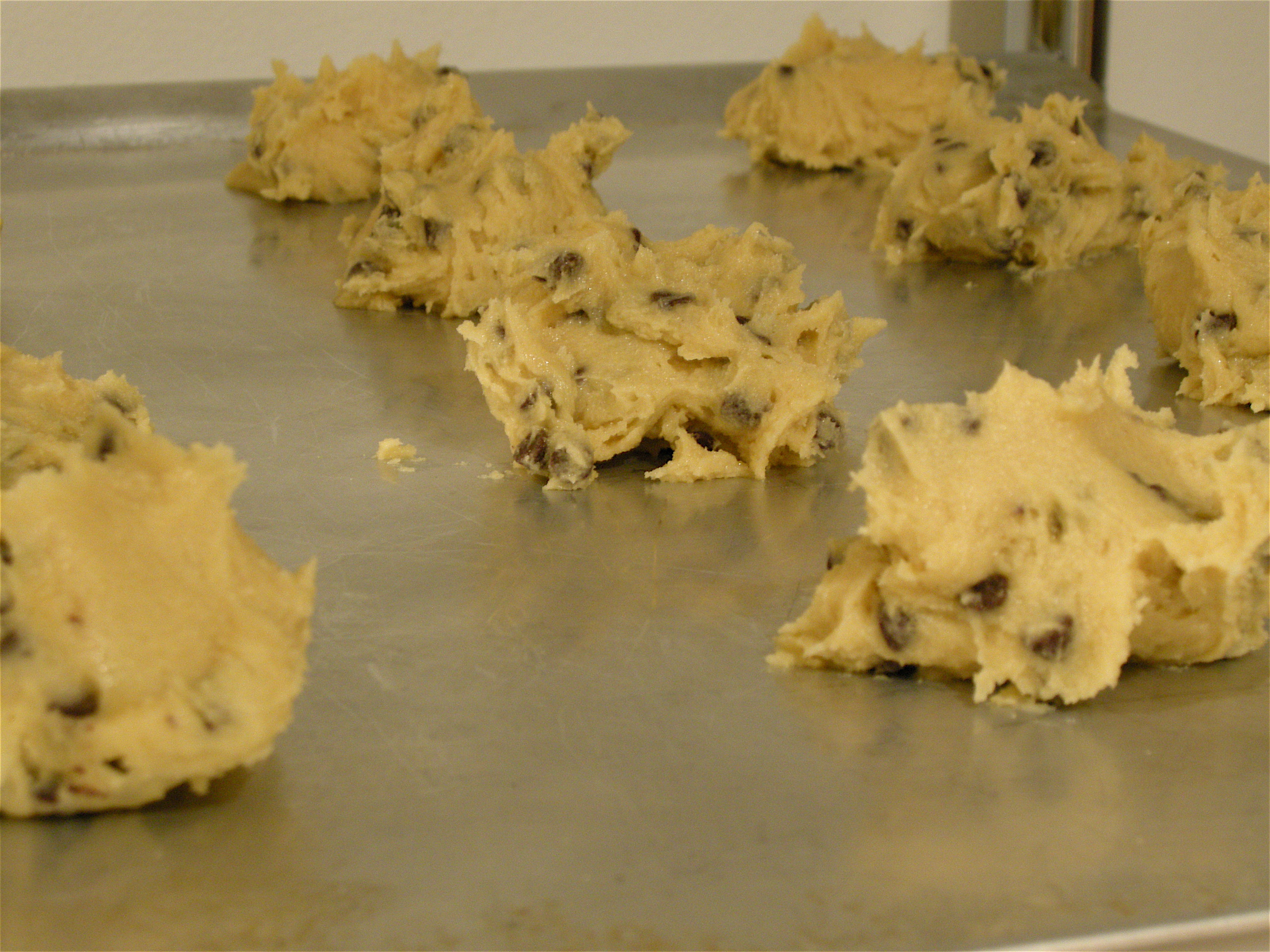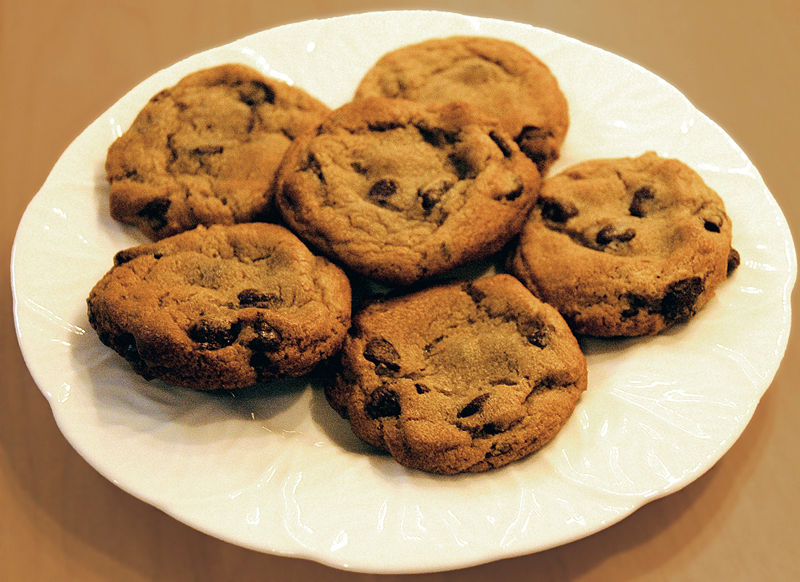
Photo credit to Chantel Yip
Equipment:
- beaker
- some vinegar
- some baking soda
- food coloring (if you want to make it explode pretty colors)
- dishwashing soap (to slow down the reaction)
Procedure:
- Pour the vinegar into a beaker
- Put a drop or two of food coloring [if desired]
- Slowly pour baking soda in
- See the reaction occur right before your eyes!
- Put in some dishwashing soap so it won't react TOO fast

Photo credit to Chantel Yip
Science:
"Baking soda, a pure chemical called sodium bicarbonate, has the chemical formula:
When dissolved in water baking soda separates into sodium (Na+) and bicarbonate ions (HCO3- ):
Vinegar, a weak (5%) solution of acetic acid in water, partially dissociates into hydrogen ( H+) and acetate ions (CH3COO-):
The reaction between baking soda and vinegar is actually two reactions, an acid base reaction followed by a decomposition reaction.
When the two ingredients are mixed, hydrogen ions ( H+) from the vinegar react with the bicarbonate ions (HCO3- ) from the baking soda to form a new chemical called carbonic acid (H2CO3).
The carbonic acid thus formed then immediately decomposes into carbon dioxide gas (CO2)and water (H2O).
It's this carbon dioxide gas that you see bubbling and foaming as soon as you mix baking soda and vinegar together."
Science credit to website linked to the word "magic" above.




















